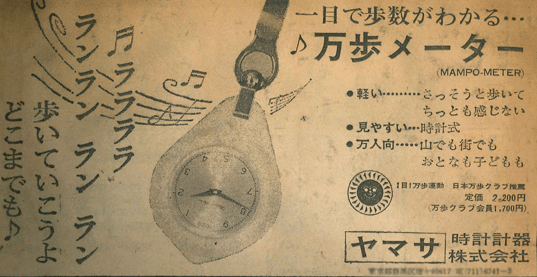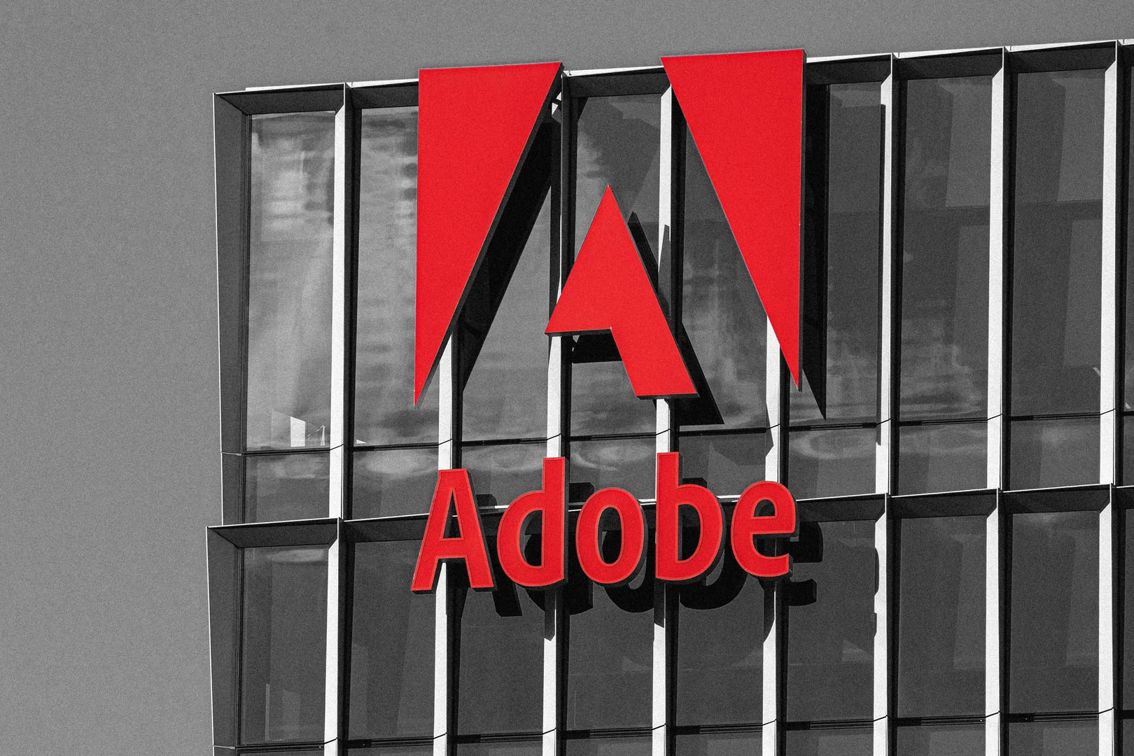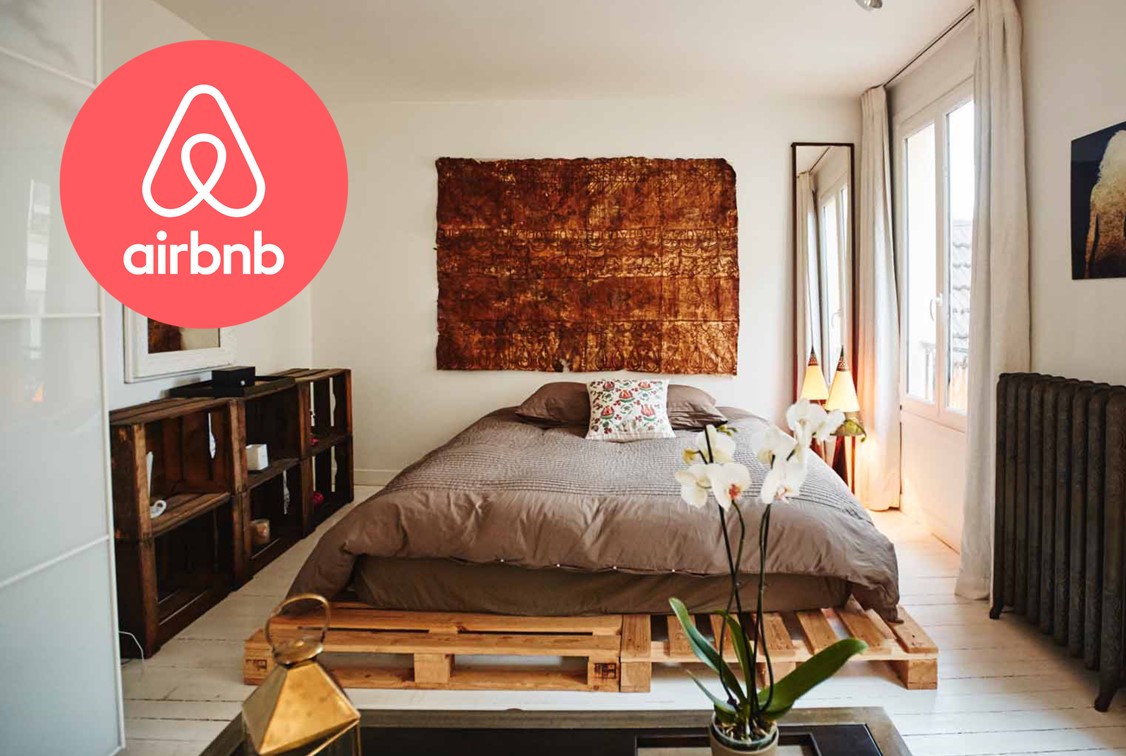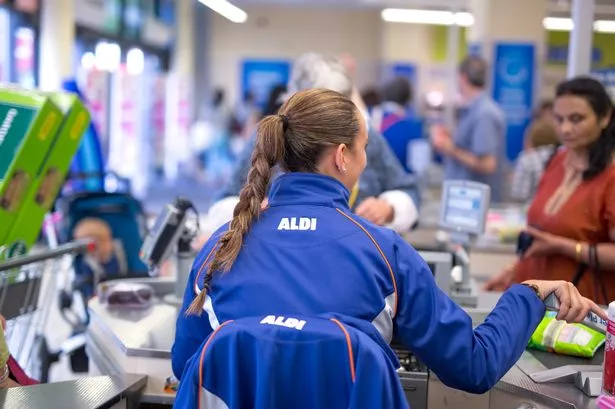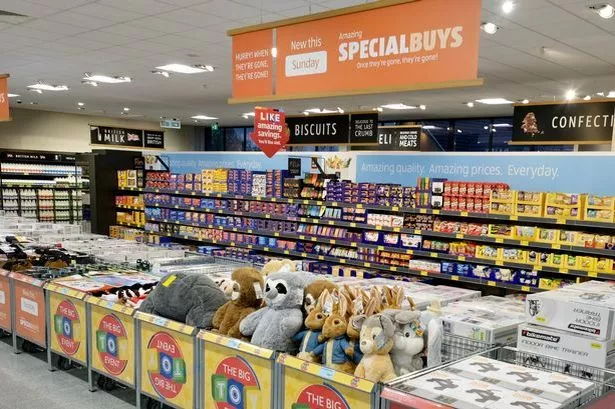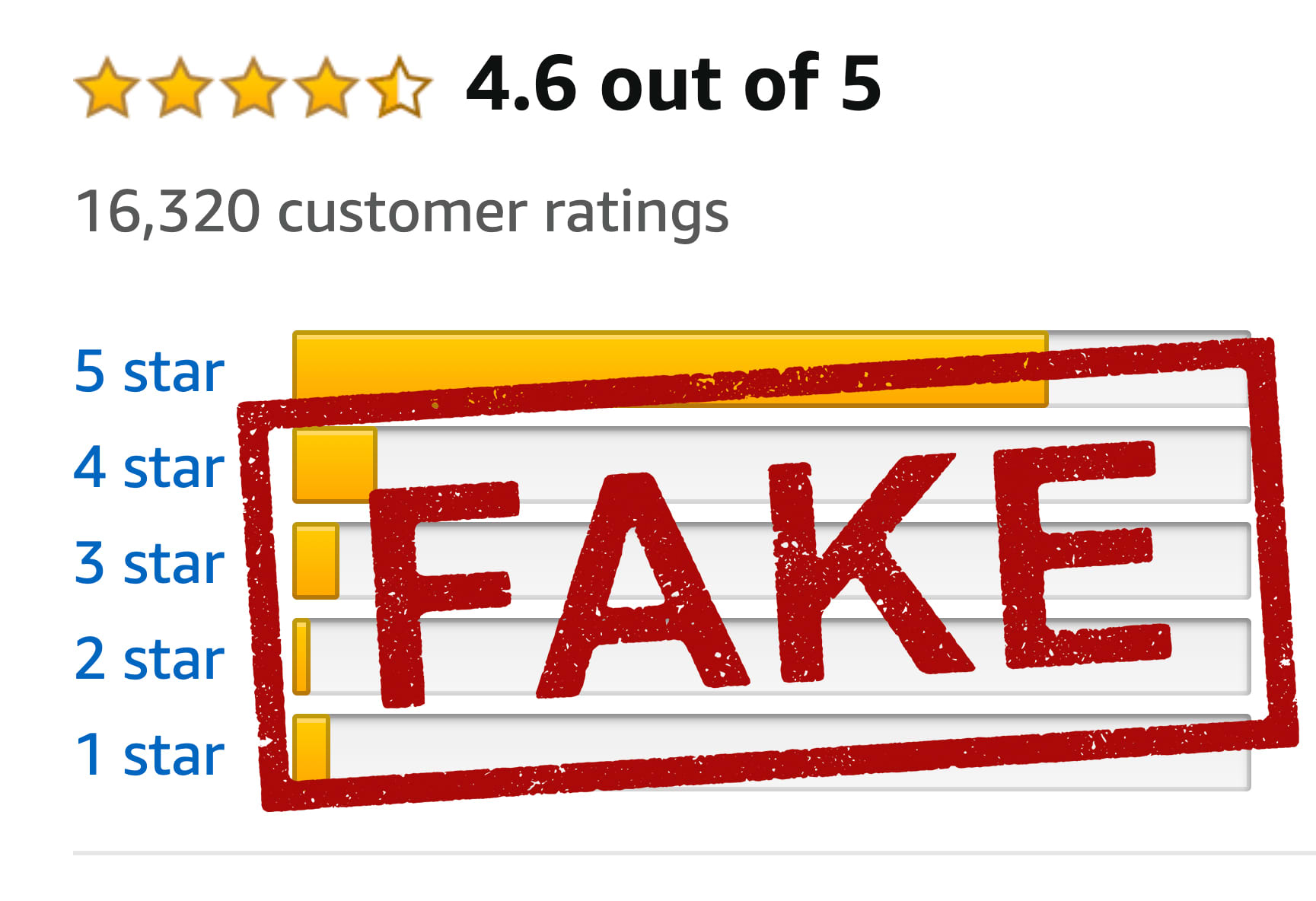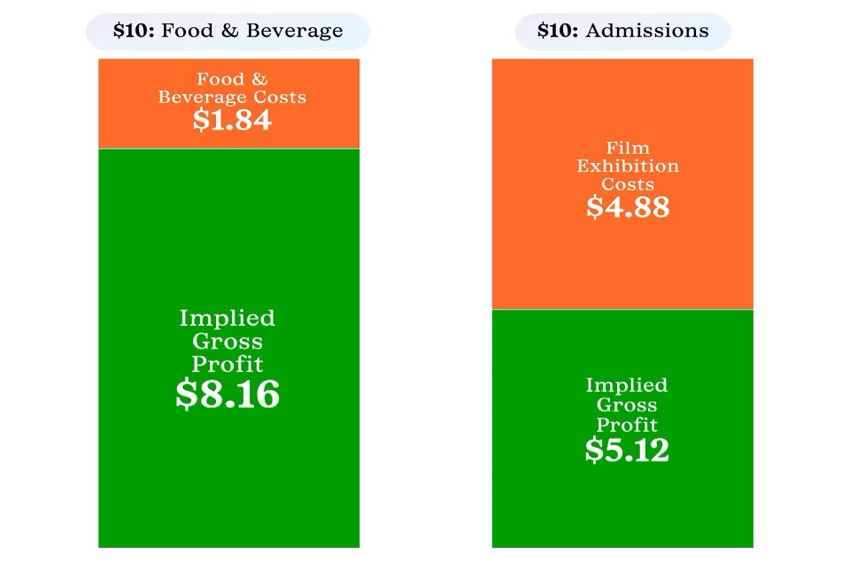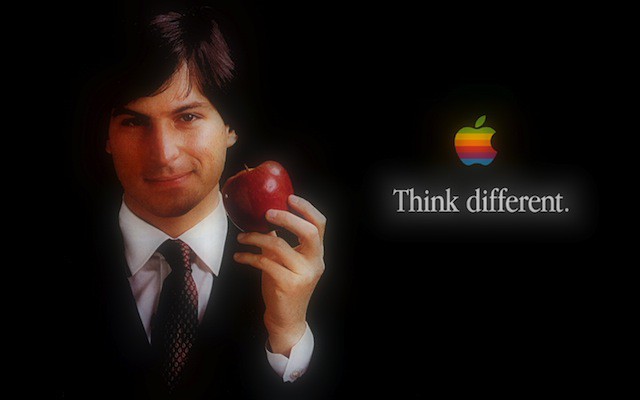There is surprisingly little science behind this well known rule. It actually dates back to a marketing campaign, released by a pedometer company before the start of the 1964 Tokyo Olympic Games. The Japanese character for 10,000 looks rather like a person walking, so the device was called the Manpo-kei or 10,000 steps meter.
Business & Brands
An alluring headline that is riddled with problems. Firstly, it’s not statistically true. According to the US Bureau of Labor Statistics, approximately 50% survive at least five years, about one-third make it to ten years or more, and about 20% live 20 years or longer. Secondly, many businesses shut for positive reasons: family circumstances change, better opportunities arise etc. And some companies close down but are able to pay their debts.
Adobe increased retention rates by 8% with a simple tweak to their call centre scripts: instead of asking customers why they were cancelling, which had been the default question, agents now asked, “why did you choose Adobe in the first place?” A subtle change that reminded the customer of the reasons they chose Adobe in the first place.
When Nike first created the Air Jordan shoe, the NBA fined them $5,000 every time Jordan wore it because it wasn’t 50% white. Rather than changing the shoe, Nike re-framed the fine; for only $5,000, they could get their shoes on Michael Jordan for the entire 48 minutes of the game and look totally different from every other shoe out there. Air Jordans now earn Nike $7 billion every year.
In the early days of Airbnb, its founders realised they had a problem: the subpar photos that property owners were taking on their iPhones would never work for customers looking for an alternative to a hotel. So they hired professional photographers to go to property owners’ homes to take inviting pictures. Hardly scalable, but a key step in showcasing quality and eventually dominating the market.
Airbnb was launched for conference attendees who were unable to stay in a hotel. “Finally, an alternative to expensive hotels” was its first tagline. But airbedandbreakfast.com (as it was then known) received little traction in the early days; only two people used it for the 2008 South by Southwest conference in Austin. So it shifted away from conferences and towards general travel.
Aldi makes it hard (actually, impossible) to buy branded goods and to have them delivered to your home. But this obstacle allows the brand to keep ruthlessly competitive prices, and frees up staff to assist customers in stores.
Aldi makes it hard (actually, impossible) to buy branded goods and to have them delivered to your home. But this obstacle allows the brand to keep ruthlessly competitive prices, and frees up staff to assist customers in stores.
The middle aisle in Aldi is notoriously difficult to navigate. Each week it stocks a strange mix of new products, everything from hanging plant baskets to metal watering cans. But the chaos of this aisle, known affectionately as the aisle of shame, has made it immensely popular among customers. It has even spawned a Facebook community with 3 million followers.
In 2009, Jeff Bezos said that “advertising is the price you pay for having an unremarkable product.” Now Amazon are advertising their own advertising business, which earns $50 billion annually.
Amazon loses 1% in revenue for every extra 0.1 second customers spend waiting for pages to load on their website. The desire for a friction free service is no joke.
Amazon sellers benefit from positive reviews, but this has led to a dysfunctional system: certain sellers now pay companies to leave fake reviews, of which there were estimated to be 250 million in 2024.
For every $10 that moviegoers spend on hot dogs, nachos, popcorn, and soda, AMC company takes a whopping $8.16. By comparison, for every $10 that AMC takes on ticket sales, the company holds on to just $4.88 once the actual film exhibition costs are accounted for. In short, cinemas are effectively supermarkets.
Did Steve Jobs choose the name Apple as a homage to Isaac Newton? Or to Alan Turing? Who died after biting into an apple laced with cyanide. No, the real reason was much more boring: Jobs chose the name after visiting an apple orchard. He also wanted the company to be listed before Atari in the phone book.
Steve Jobs designed the Apple store experience by taking inspiration from the luxury Ritz Carlton hotels. Staff meet customers proactively on arrival and using customers’ names for a personal touch. The iconic ‘Genius Bar’ was also directly modelled on the concierge desk of a grand hotel.

